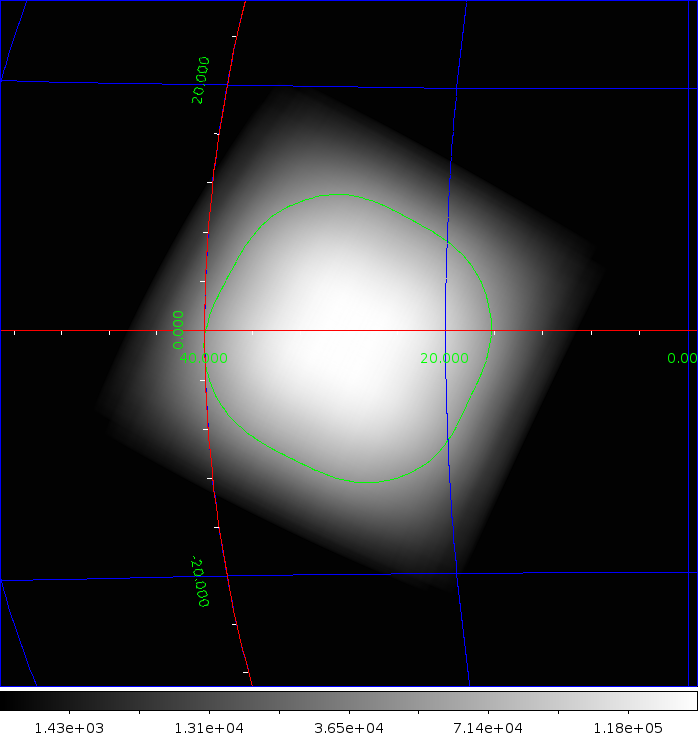Proposal Details - 1120014
Probing the cirumstellar enviornment around periastron in the SFXTs IGR J18450-0435 and IGR J18483-0311 (Drave)
Proposal Abstract
The mass transfer and accretion mechanisms in SFXTs are key questions to be answered in order to place the SFXTs in the wider context of HMXB systems. Current theories centre on mass transfer via isotropic but inhomogeneous ( clumpy ) winds, but some systems also show evidence of disk-like structures around the supergiant, analogous to those seen in Be/X-ray binaries. A campaign of periastron observations is proposed of the SFXT IGR J18450-0435 with known ephemeride, following on from accepted and successful AO-9 and AO-10 programmes (PI Drave, proposals 0920016 and 1020009). Using both INTEGRAL and XMM-Newton the instantaneous accretion rate, emission spectrum and time variability generated on and around the neutron star during its periastron passage will be measured. Now that the orbital parameters of these SFXTs are well-determined, targeted continuous broad-band observations around periastron provides the best opportunity to use the (assumed) neutron star as a direct probe of the circumstellar wind environment. To achieve the goals outlined in this proposal 150 ks of fixed time INTEGRAL observations complemented with 30 ks of simultaneous XMM-Newton observations were approved.
Observation Strategy (Recommended by TAC)
Total of 150 ks in the standard Hex dither pattern is to be done to provide continuous coverage across the periastron +/-0.15 orbital phase regions (range 0.55-0.85) of the SFXT system IGR J18450-0435 centered at RA, Dec (J2000.0, in degrees) = 281.256, -4.566 (l, b = 28.138, -0.657 degrees). The INTEGRAL observation is accompanied by three 10 ks XMM-Newton observations within the duration of each observation (i.e., a total of 30 ks of XMM-Newton observing time).
Proposal grade: B
Data Rights (Recommended by TAC)
Data rights were granted for IGR J18450-0435 only.
Exposure Map
The exposure maps are in galactic coordinates using the Aitoff projection and units of seconds, and the colour scale is indicated at the bottom. The green lines provide the 100, 300 and 500 ksec contour.
